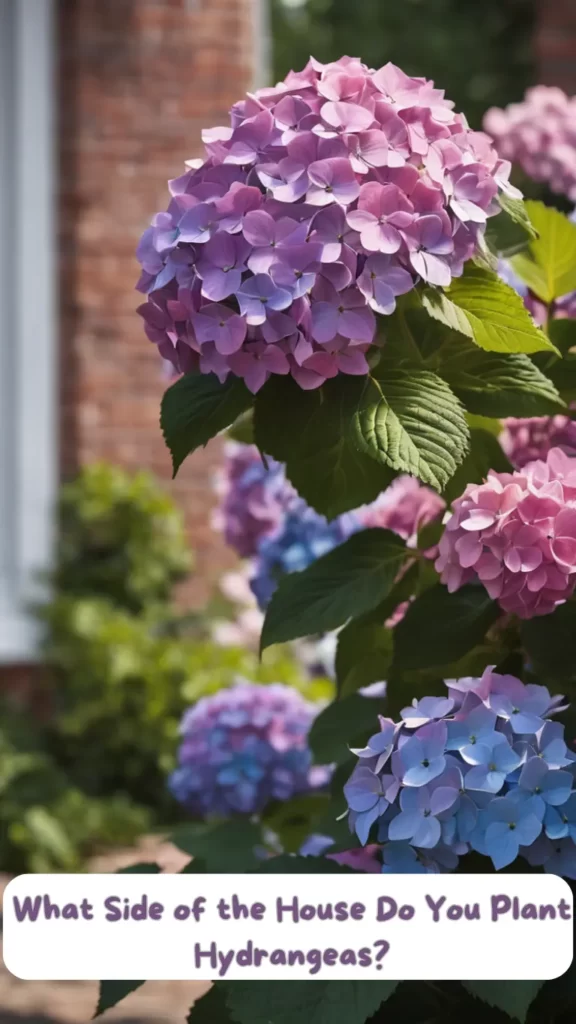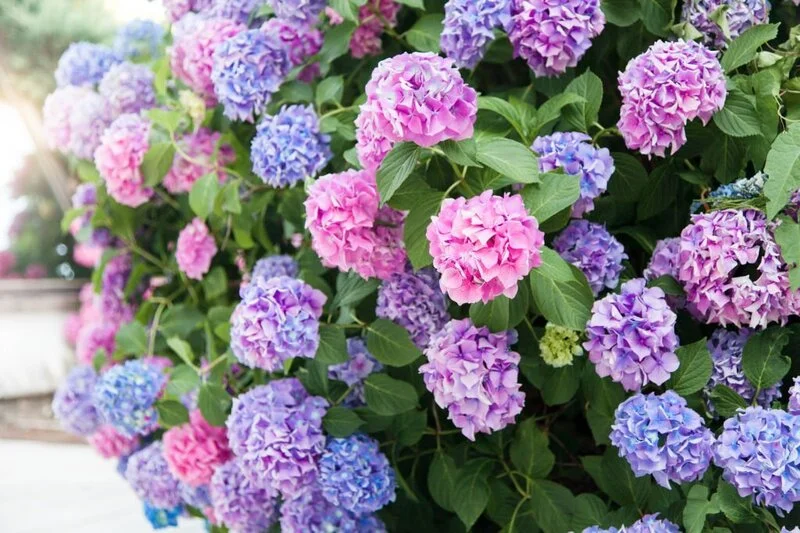Hydrangeas! The very term certainly conjures up mental images of those spectacular flowers that elevate the beauty of any garden. But just like a painting needs a good frame, these plants need a dedicated space in your yard to show off their best features. However, which side of the house would benefit most from hydrangeas? First, though, let’s spend some time getting to know these beautiful blooms.
Understanding Hydrangeas
Amazing plants, hydrangeas are best known for their huge, eye-catching flower clusters that can be found in a rainbow of hues. Hydrangeas may add a kaleidoscope of color to your yard, from deep blues and purples to soft pinks and whites. These flowers prefer the hot, sunny days of summer and their origins in Asia and the Americas. Currently, you could be wondering “So, hydrangeas benefit from direct sunlight. That means I need to put them in a spot with plenty of sunlight, right?” Actually, there’s more to it than that.
The Importance of Sunlight for Hydrangeas
Hydrangeas, like many other plants, need a lot of sun. It aids in the growth of those wonderful blooms we all like. The problem is that hydrangeas, while they appreciate some sunlight, can’t stand it if it’s too strong or too hot. The gorgeous leaves and vibrant blossoms of these plants can wilt and wither if exposed to too much direct sunshine. While your hydrangeas do require some sunlight each day, they would benefit from being shaded during the hottest portion of the day. Now that we know this, let’s find the best location for these plants.
The Best Side of the House to Plant Hydrangeas
Which side of the house would be best for hydrangeas, then? The best side of the house is usually the north or east side. These spots offer the ideal combination of early sun and afternoon shade, which is why hydrangeas thrive there. In this way, kids can enjoy the gentler morning sunlight while being protected from the scorching afternoon sun. Keep in mind, though, that your garden is special in its own way, so you’ll need to pay attention to the specific conditions there.
Tips for Planting Hydrangeas
Here are some more suggestions to ensure the success of your hydrangeas now that you know where to put them. Hydrangeas can’t grow in soggy soil, therefore drainage is essential. Soil structure and nutrition can be enhanced by the addition of organic matter. During dry months after planting, hydrangeas will need regular watering. But don’t drown them; they like dampness, not drowning. Keep in mind that hydrangeas are quite vulnerable to wind, therefore a windbreak may be useful.
Conclusion
There’s more to hydrangeas than meets the eye. They are living proof of nature’s incredible abilities to adapt to its environment and thrive. If you give them some love and plant them on the north or east side of your home, you’ll have a beautiful garden. Go ahead and plant your hydrangeas where they will thrive; they will do wonders for your garden. All the best with your gardening endeavors!



